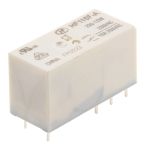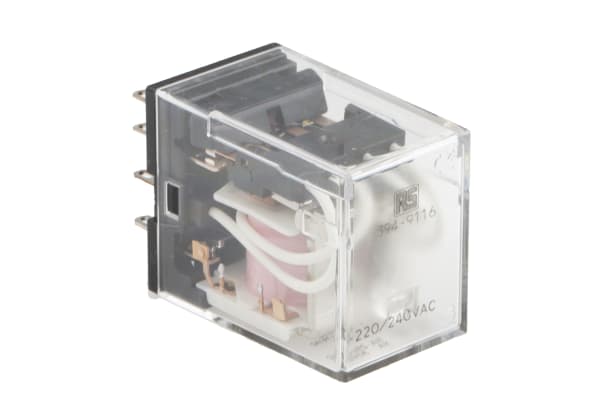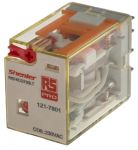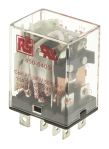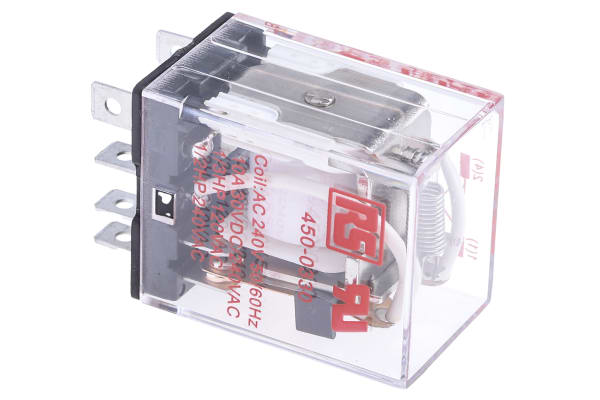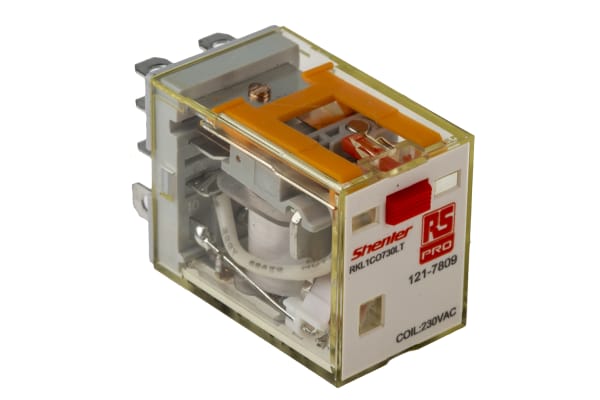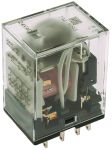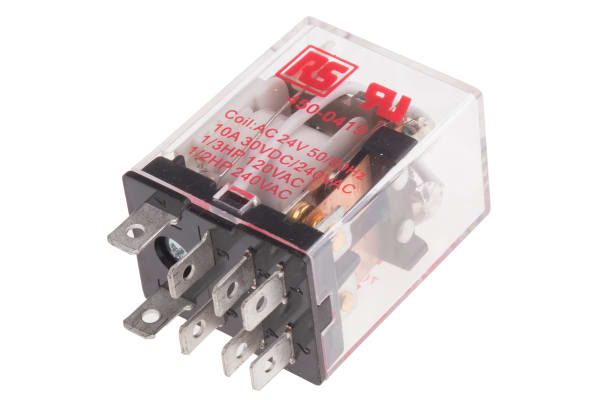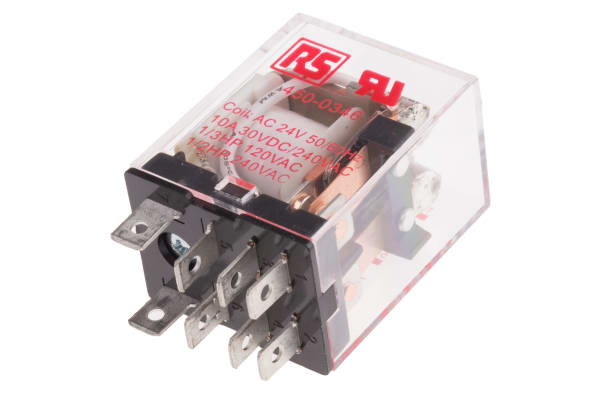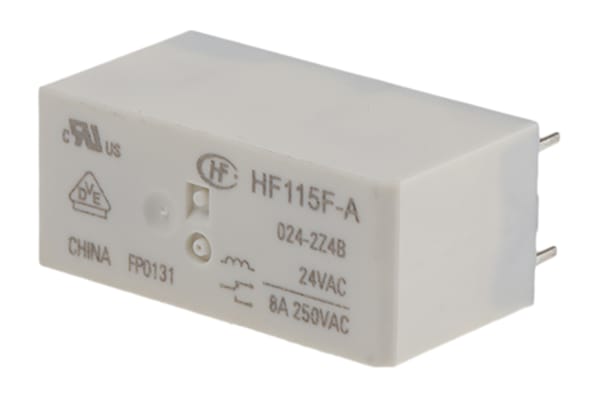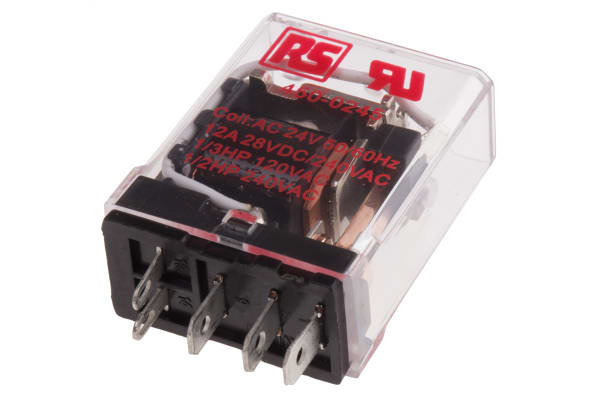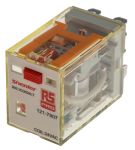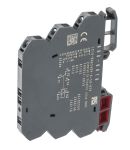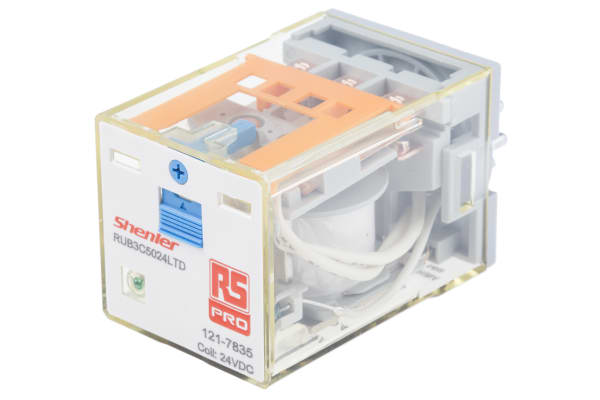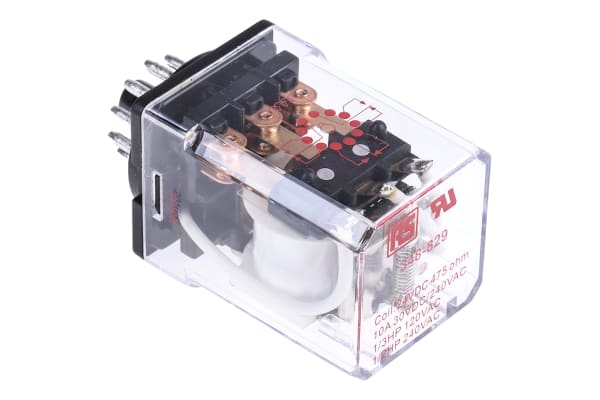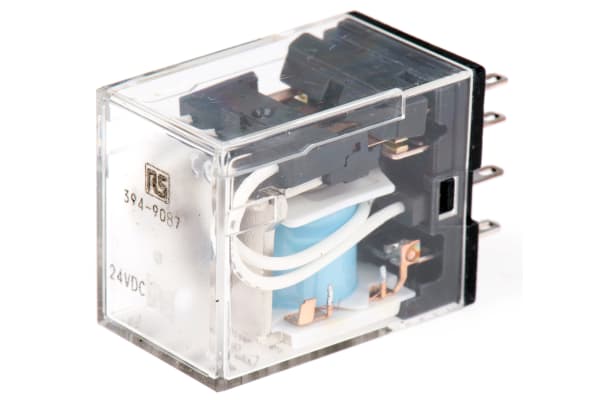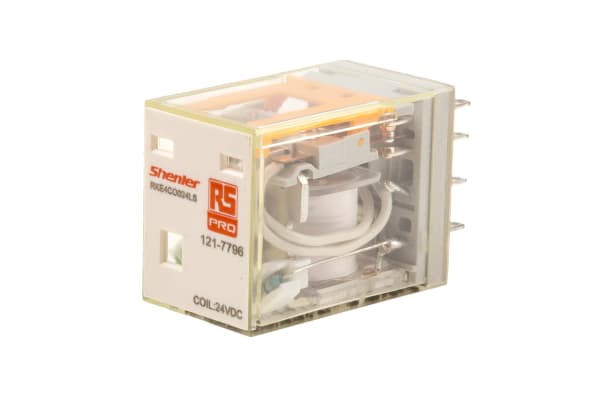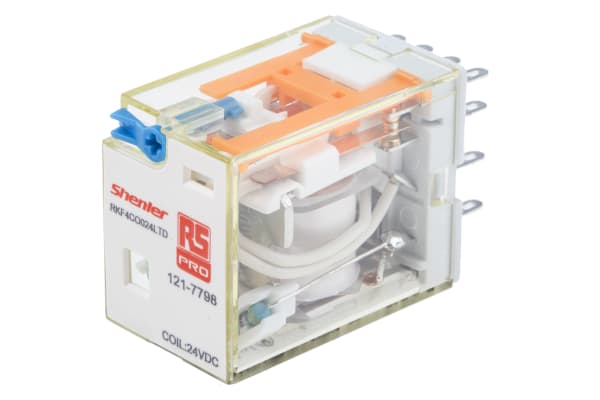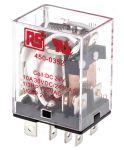Non-Latching Relays
Relays are electrical switches that are operated by electrical impulses with the primary function to open and close a circuit, they can also be referred to as industrial switches. There are 2 main types available, latching and non–latching relays.How do non-latching relays work?Non-latching relays are in a normally closed (NC) position and will stay in this state without power. When power passes through the circuit, the relay switched to a normally open (NO) position by using an internal coil to generate a magnetic force, holding this NO position. Once the current is turned off, it returns to the NC position. This makes non-latching relays well suited to push-button applications like keyboards and micro-controller input buttons.What are non-latching relays used for?Non-latching relays are highly durable and versatile components, making their performance long lasting and suitable for use in a wide range of applications, such as:Automotive enginesHousehold appliancesIndustrial machineryMedical equipmentTelecommunications equipmentWhat is the difference between latching and non-latching relays?Both types of relays in similar in design and function, however, a significant difference between them is that a latching relay will remain in the last position it when it was last powered, whereas a non-latching goes back to its normal position. This makes each more type of relay suitable for different applications. Considerations when selecting a relayWhen choosing a relay, it is important to consider a number of specifications to ensure it is fit for purpose, some factors include:Coil voltage – the required voltage to actuate the switching mechanism. If a voltage is too high this could damage the components, if it is too low then it will not actuate. Contact configuration – This is the state the contacts are in without power. For example SPST, single pole single throw.Contact material – the relay contacts are available in many materials that have certain properties. Common materials are gold, silver, tin oxide and nickel Coil power – the amount of power (watts) the coil operates at. This must match the power in the circuit for correct function. Coil resistance – the amount of resistance (ohms) in the circuit that the coil creates.
-
RS PRO, 230V ac Coil Non-Latching Relay SPDT, 16A Switching Current PCB Mount Single Pole
IDR125,028.88 -
RS PRO, 230V ac/dc Coil Non-Latching Relay SPDT, 6A Switching Current DIN Rail Single Pole
IDR1,056,137.41Pack (1 Pack of 5) -
RS PRO, 240V ac Coil Non-Latching Relay 4PDT, 12A Switching Current Plug In, 4 Pole
IDR247,435.51 -
RS PRO, 240V ac Coil Non-Latching Relay 4PDT, 5A Switching Current Plug In, 4 Pole
IDR100,274.84 -
RS PRO, 240V ac Coil Non-Latching Relay 4PDT, 6A Switching Current Plug In, 4 Pole
IDR170,026.69 -
RS PRO, 240V ac Coil Non-Latching Relay DPDT, 10A Switching Current Plug In, 2 Pole
IDR154,922.53 -
RS PRO, 240V ac Coil Non-Latching Relay DPDT, 10A Switching Current Plug In, 2 Pole
IDR95,240.12 -
RS PRO, 240V ac Coil Non-Latching Relay SPDT, 16A Switching Current Plug In Single Pole
IDR113,176.31 -
RS PRO, 24V ac Coil Non-Latching Relay 4PDT, 5A Switching Current Plug In, 4 Pole
IDR133,105.41 -
RS PRO, 24V ac Coil Non-Latching Relay DPDT, 10A Switching Current Plug In, 2 Pole
IDR136,357.00 -
RS PRO, 24V ac Coil Non-Latching Relay DPDT, 10A Switching Current Plug In, 2 Pole
IDR141,496.61 -
RS PRO, 24V ac Coil Non-Latching Relay DPDT, 10A Switching Current Plug In, 2 Pole
IDR165,306.64 -
RS PRO, 24V ac Coil Non-Latching Relay DPDT, 10A Switching Current Plug In, 2 Pole
IDR151,461.16 -
RS PRO, 24V ac Coil Non-Latching Relay DPDT, 8A Switching Current PCB Mount, 2 Pole
IDR92,198.31 -
RS PRO, 24V ac Coil Non-Latching Relay SPDT, 15A Switching Current PCB Mount Single Pole
IDR127,546.24 -
RS PRO, 24V ac Coil Non-Latching Relay SPDT, 16A Switching Current Plug In Single Pole
IDR110,029.61 -
RS PRO, 24V ac/dc Coil Non-Latching Relay SPDT, 6A Switching Current DIN Rail Single Pole
IDR1,064,318.83Pack (1 Pack of 5) -
RS PRO, 24V dc Coil Non-Latching Relay 3PDT, 10A Switching Current Plug In, 3 Pole
IDR156,286.10 -
RS PRO, 24V dc Coil Non-Latching Relay 3PDT, 10A Switching Current Plug In, 3 Pole
IDR123,875.09 -
RS PRO, 24V dc Coil Non-Latching Relay 4PDT, 5A Switching Current Plug In, 4 Pole
IDR195,829.63 -
RS PRO, 24V dc Coil Non-Latching Relay 4PDT, 5A Switching Current Plug In, 4 Pole
IDR138,245.02 -
RS PRO, 24V dc Coil Non-Latching Relay 4PDT, 6A Switching Current Plug In, 4 Pole
IDR181,984.15 -
RS PRO, 24V dc Coil Non-Latching Relay DPDT, 10A Switching Current Plug In, 2 Pole
IDR143,804.19 -
RS PRO, 24V dc Coil Non-Latching Relay DPDT, 10A Switching Current Plug In, 2 Pole
IDR132,476.07



